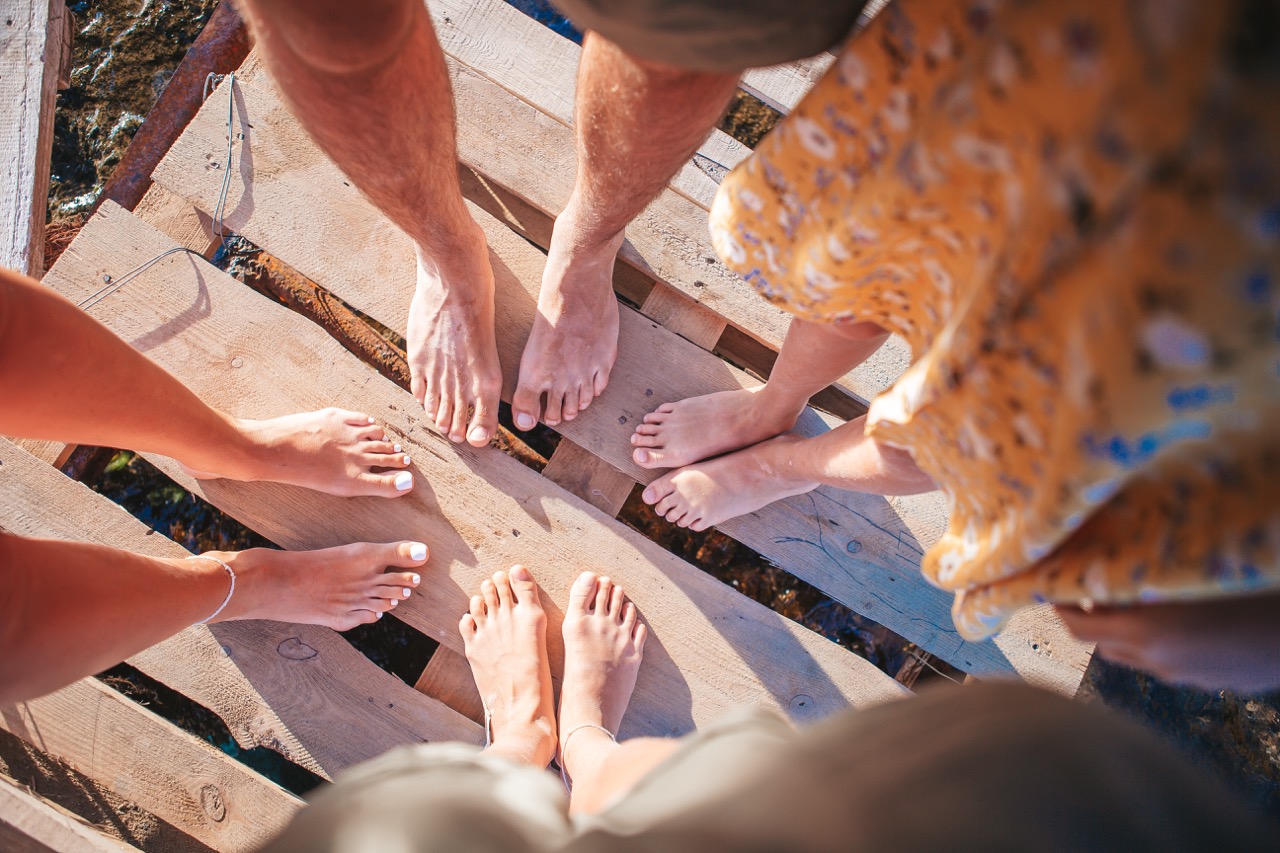How Mountain Climbers Strengthen Their Feet

Mountain climbing is an exhilarating sport that demands physical strength, endurance, and mental resilience. Among the many aspects of fitness that climbers develop, foot strength plays a crucial role in determining overall performance and safety on the mountain. Strong feet not only enhance climbing ability but also contribute to better balance and stability, which are essential when tackling challenging terrain. In this article, we will explore how mountain climbers strengthen their feet, from understanding the importance of foot strength to practical exercises, the right footwear, and injury prevention strategies.
Understanding the Importance of Foot Strength in Climbing
Foot strength is fundamental in climbing as it directly impacts a climber’s ability to maintain balance and control on rocky surfaces. The feet are the primary contact point with the climbing surface, and strong, flexible feet help climbers push off more effectively, aiding in upward movement. When climbers have well-developed foot muscles, they can exert better force, leading to improved precision in foot placements and the ability to navigate technical routes more efficiently.
Additionally, strong feet provide stability on uneven and unpredictable surfaces, allowing climbers to adapt quickly during ascents. This adaptability is crucial, especially in challenging conditions or when encountering loose rocks and slippery holds. Proper foot strength also aids in reducing fatigue, enabling climbers to maintain their performance over longer climbs while minimizing the risk of falls due to poor footing.
Moreover, strengthening the feet can lead to better overall body mechanics. When the feet are robust, they can effectively distribute body weight, reducing excessive strain on the ankles, knees, and hips. This balanced distribution minimizes the chance of overuse injuries, which are common amongst climbers. Therefore, investing time and energy into foot strength not only enhances climbing performance but also contributes to long-term health and sustainability in the sport.
Key Exercises to Enhance Foot Endurance and Stability
To develop foot strength, climbers can incorporate a variety of exercises tailored to enhance endurance and stability. One such exercise is toe raises, where climbers stand flat-footed and slowly lift their heels off the ground, holding the position for a few seconds before lowering back down. This exercise targets the calf muscles and promotes balance, essential for climbing on steep inclines and maintaining stability on small footholds.
Another effective exercise is the use of a balance board or wobble board. By performing balancing exercises on these boards, climbers can improve their proprioception, which is the body’s ability to sense its position in space. This heightened awareness is crucial when navigating complex climbing routes, as it helps climbers adjust their foot placements dynamically, thereby enhancing overall climbing performance.
Lastly, incorporating resistance bands into foot workouts can build strength and flexibility. Climbers can perform exercises like ankle dorsiflexion and plantarflexion against the resistance of a band, targeting the muscles surrounding the ankle. This strengthens not only the feet but also the entire lower leg, providing a solid foundation for climbing and reducing the risk of injuries.
Choosing the Right Footwear for Mountain Climbing Success
Selecting the right footwear is vital for any climber looking to enhance foot strength and overall performance. Climbing shoes should fit snugly, providing the necessary support and sensitivity to the foot. A well-fitting shoe allows for precise foot placements on small holds while ensuring maximum power transfer during climbs. Climbers should seek shoes that are designed specifically for their type of climbing, whether it’s sport, trad, or bouldering, as each style requires different features.
Materials used in climbing shoes also play a significant role in performance. Shoes made from synthetic materials provide better stretch and durability, whereas leather shoes offer a more comfortable fit that can mold to the foot over time. Additionally, the rubber sole’s stiffness contributes to how well the shoe grips on various surfaces; softer rubbers offer better friction on rock but may wear out faster, while harder rubbers provide durability for prolonged use.
Lastly, climbers should consider their foot shape and size when selecting footwear. Different brands and models cater to varying widths and volume, so it’s essential to try on multiple options to find the best match. Properly fitted shoes can significantly enhance foot strength by allowing climbers to push their limits without discomfort, thereby improving their overall climbing experience and performance.
Preventing Foot Injuries: Best Practices for Climbers
Injuries can sideline climbers, making foot injury prevention essential for long-term participation in the sport. One of the best practices is to gradually increase climbing intensity and duration, allowing the feet to adapt to the stresses of climbing. Sudden increases in activity can lead to strains or sprains, so climbers should be mindful of their body’s limits and adapt their training accordingly.
Warming up before climbing is another critical aspect of injury prevention. Climbers should engage in dynamic stretching and foot-specific warm-up exercises to increase blood flow and flexibility in the foot muscles. This preparation reduces the likelihood of injuries caused by cold, stiff muscles and joints, while also enhancing performance by improving overall foot responsiveness.
Finally, incorporating rest days into climbing routines is essential for recovery. Overtraining can lead to chronic foot conditions, such as plantar fasciitis or metatarsalgia. Climbers should listen to their bodies, recognizing when to rest and allowing adequate time for recovery. Utilizing techniques such as foam rolling and massage can also aid in maintaining foot health and preventing injuries, ensuring that climbers remain at the top of their game.
In conclusion, foot strength is an integral part of a mountain climber’s fitness regime. Through a combination of targeted exercises, appropriate footwear selection, and injury prevention strategies, climbers can significantly enhance their foot strength and overall climbing performance. With well-conditioned feet, climbers can tackle challenging routes with confidence and resilience, ensuring their passion for climbing continues to thrive. By integrating these practices into their training, climbers can enjoy a safer, more successful journey in the exhilarating world of mountain climbing.




